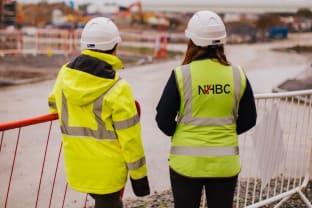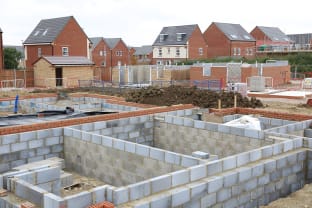Insights and media
New house building news and related articles.

Latest news

Company
Applications open for NHBC 2025 business graduate programme

Awards and events
Why the Pride in the Job Best Practice Seminars are must-attend events for Site Managers

Awards and events
BEYOND 25’ LIVE Raising the standard for house building’s future

Training and qualifications
NHBC backs Government’s Construction Skills Package
Latest insights

Building & design
The land remediation process - understanding the pathway to warranty

Market trends
New home registrations rise in Q1 with developers encouraged by government focus on housing, reports NHBC

Building & design
The importance of land quality

Market trends





